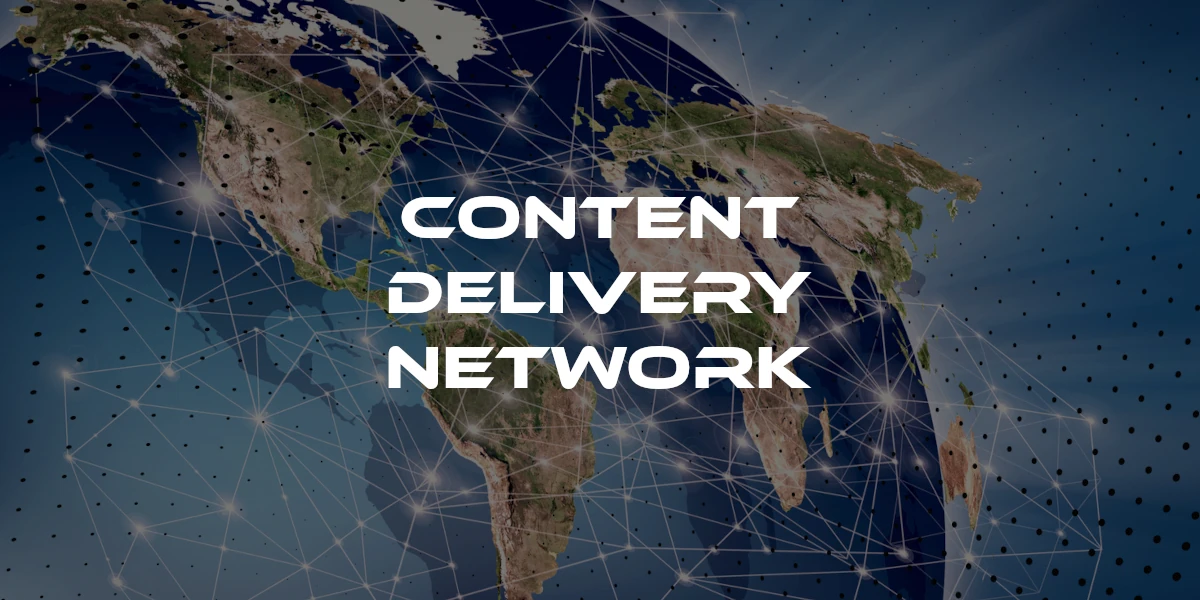
In the vast ecosystem of the internet, where website speed and reliability can make or break user experiences, the Content Delivery Network (CDN) emerges as a quintessential tool. At its core, a CDN is a network of strategically placed servers that work cohesively to deliver web content swiftly to users based on their geographic location. The primary purpose? To reduce the distance between the user and the website’s server, thereby reducing load times and enhancing user experience.
Evolution of Content Distribution
Historically, when a user wanted to access a website, the request would travel all the way to where the website’s central server was located. This could often result in latency issues, especially if there was significant geographical distance or network congestion between the user and the server. Enter CDNs. Instead of relying on a single server, CDNs store cached versions of web content on multiple servers across different locations. Thus, when a user sends a request, it’s directed to the nearest server (often referred to as an ‘edge server’), ensuring content is delivered more rapidly and efficiently.
Why CDNs Are Essential?
One might wonder: Why has CDN become such an integral part of the modern web? The answers are manifold.
First, the sheer volume of internet users today is staggering. As more people come online, the traffic load on popular websites has surged. CDNs help to distribute this load, preventing any single server from becoming a bottleneck.
Second, there’s an undeniable emphasis on speed. Search engines, like Google, factor in website speed when ranking sites. Faster load times can thus improve search visibility, not to mention the direct benefits to user experience and retention.
Third, CDNs enhance reliability. By dispersing content over a multitude of servers, CDNs offer a level of redundancy. If one server faces an issue, the system can reroute the user request to another server, ensuring uninterrupted service.
CDN and Security
However, it’s not all just about speed and reliability. Security is another cornerstone of the CDN offering. Many CDNs provide DDoS protection, securing websites against malicious attacks intended to overwhelm and incapacitate them. By absorbing and mitigating such threats, CDNs shield the origin servers and maintain website uptime.
The technicalities of how CDNs operate might sound intricate, but their functioning is rooted in some fundamental principles. CDNs rely on Points of Presence (PoPs), which are physical data centers spread across various locations. These PoPs contain edge servers that store cached content. The decision on what content to cache is based on algorithms that gauge content popularity and demand. Over time, these algorithms can adapt, ensuring that frequently requested content is always at the ready.
CDNs in the Contemporary Digital Age
Now, as we move deeper into the age of digital content — streaming videos, high-resolution images, and dynamic web applications — the role of CDNs only becomes more pronounced. They effectively bridge the gap between content providers and end-users, ensuring that whether you’re streaming your favorite show or shopping online, the experience remains seamless.
In conclusion, CDNs are the unsung heroes of the digital age. By ensuring swift, reliable, and secure delivery of web content, they play a pivotal role in shaping the quality of our online experiences. As internet usage patterns evolve and as our appetite for digital content grows, the importance of Content Delivery Networks in the web infrastructure ecosystem will continue to ascend.



